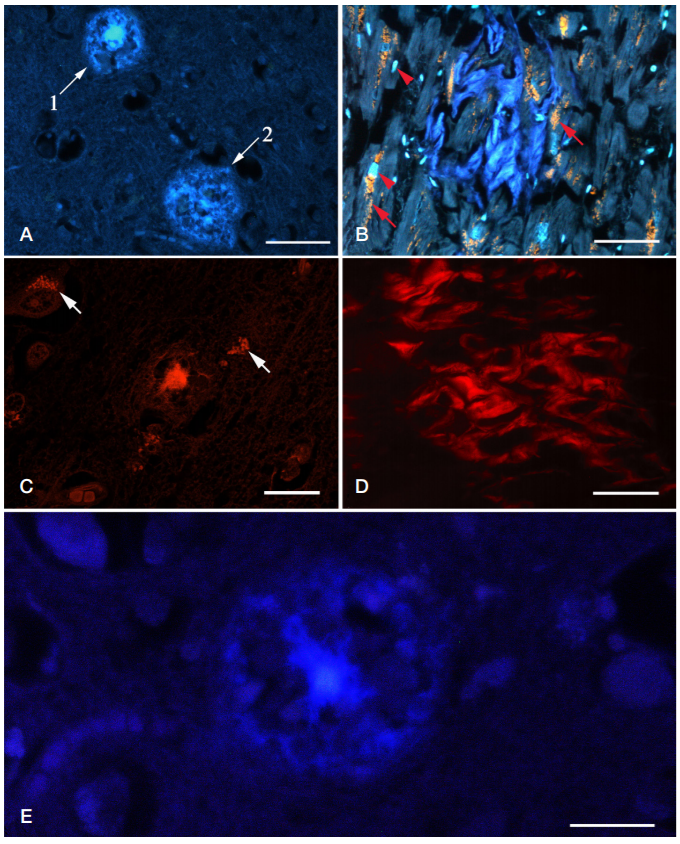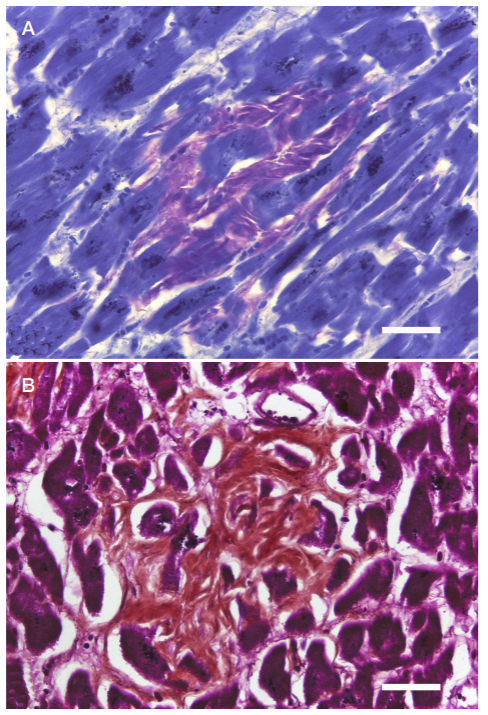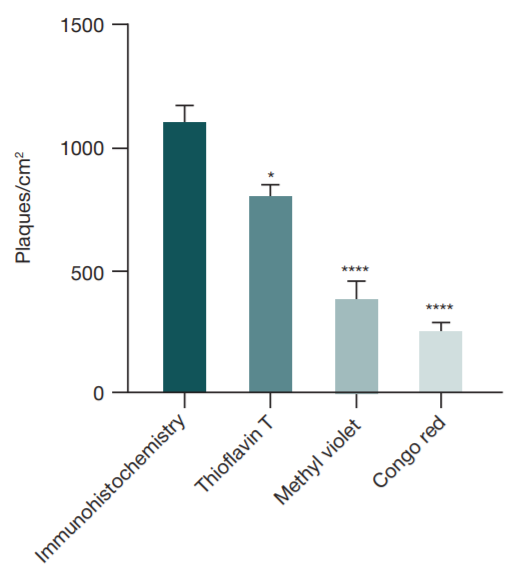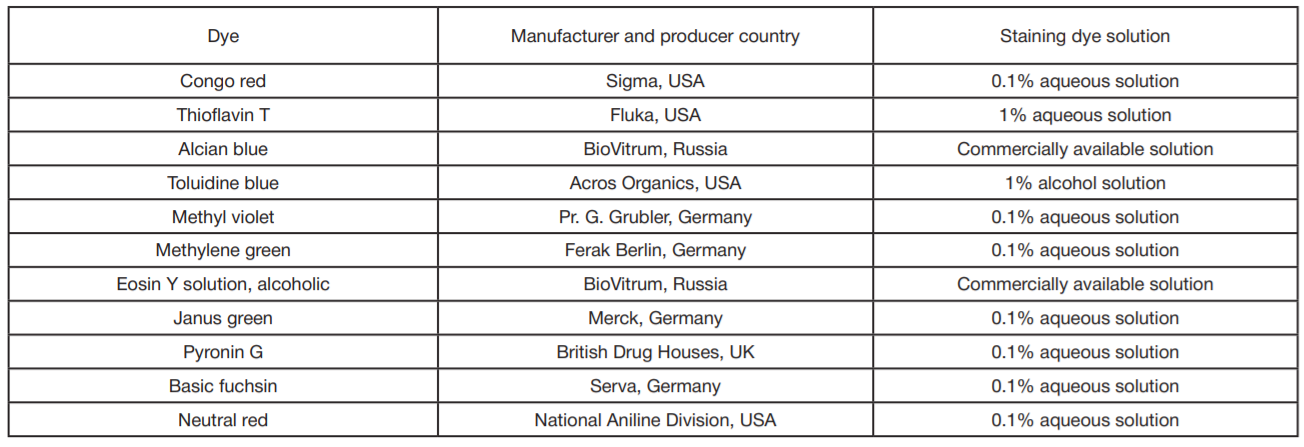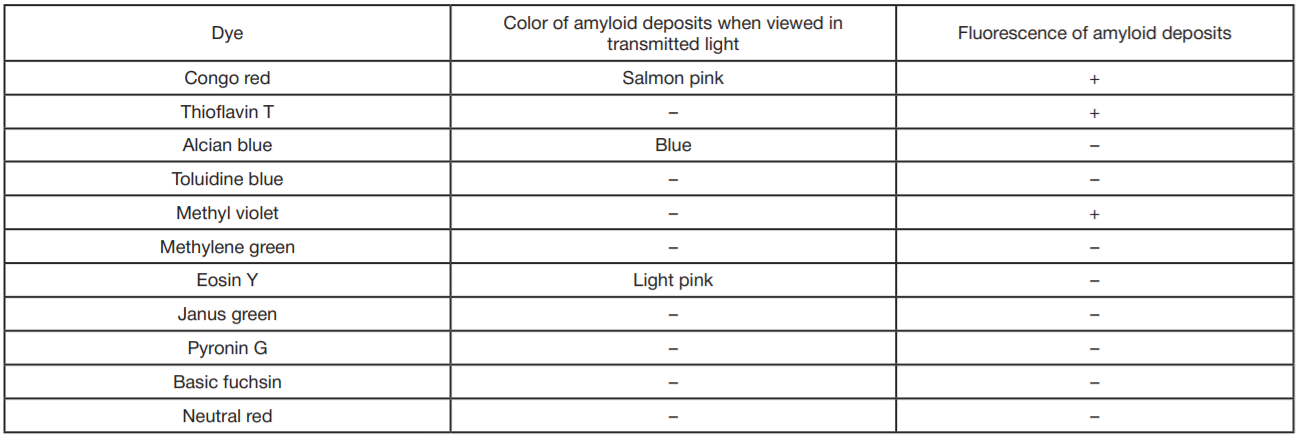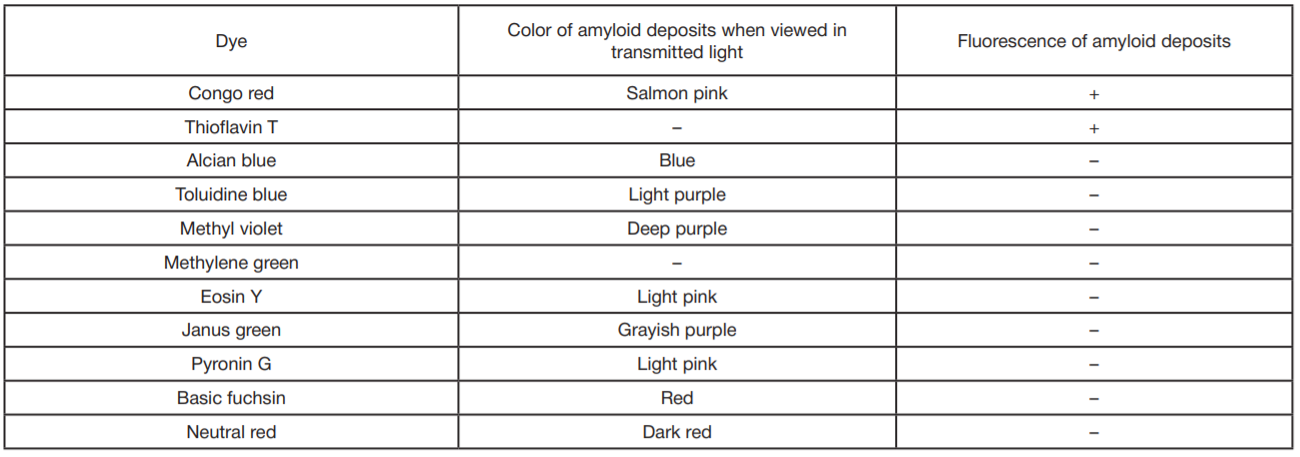
This article is an open access article distributed under the terms and conditions of the Creative Commons Attribution license (CC BY).
ORIGINAL RESEARCH
Fluorescence detection of amyloid deposits in human tissues using histochemical dyes
1 Institute of Experimental Medicine, Saint Petersburg, Russia
2 Saint Petersburg State University, St Petersburg, Russia
Correspondence should be addressed: Valeria V. Guselnikova
Acad. Pavlov, 12, Saint Petersburg, 197376; ur.xednay@aiirelaV.avocinlesuG
Author contribution: Guselnikova VV — literature analysis, study planning, staining specimens, analysis and interpretation of the results, manuscript draft writing; Sufieva DA — quantitative data analysis; Tsyba DL — quantitative data analysis; Korzhevskii DE — conceptual development, study planning, manuscript editing.
Compliance with ethical standards: the study was conducted in accordance with the requirements of the World Medical Association Declaration of Helsinki (2013) and approved by the Ethics Committee of the Institute of Experimental Medicine (protocol № 3/18 dated November 22, 2018).
